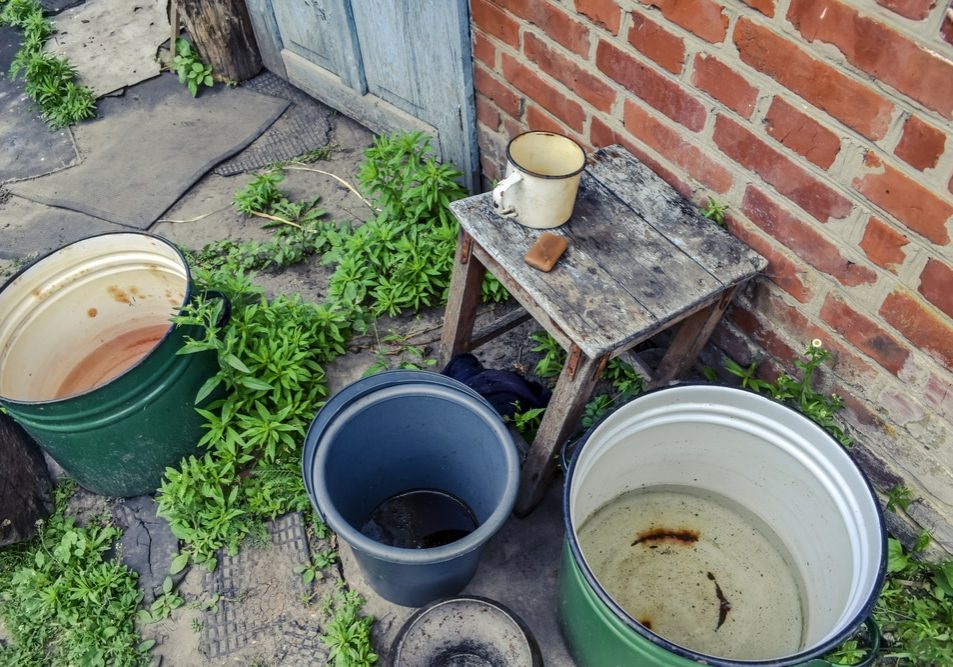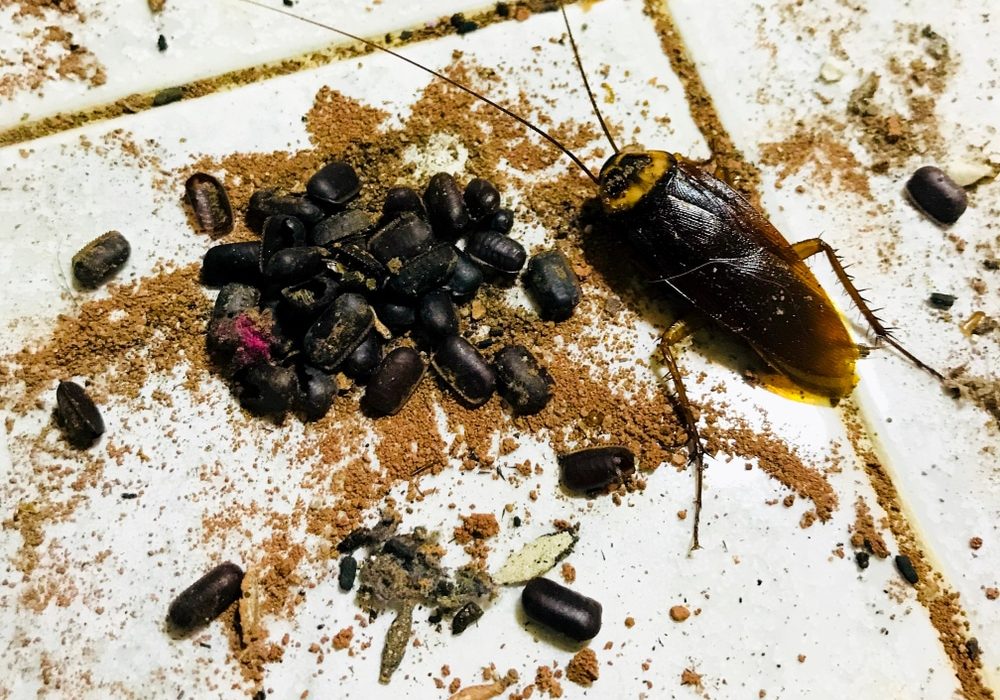Preventing pest infestations in our homes is crucial for maintaining a healthy and safe living environment. While pest control methods can effectively manage infestations, education plays a vital role in prevention. By understanding how to identify pests, recognizing the conditions that attract them, and implementing proper preventive measures, homeowners can significantly reduce the risk of infestations. In this post, we’ll explore how education empowers individuals and communities to prevent pest problems effectively.
Understanding Common Pests
The first step in pest prevention is understanding the most common household pests. Knowing what you’re dealing with helps you take appropriate action to keep them at bay.
Common Household Pests:
- Rodents: Mice and rats are notorious for invading homes, seeking food and shelter. They multiply quickly and can cause significant damage.
- Ants: These social insects can quickly find their way into homes, usually in search of food. Some species can be destructive, while others are simply nuisances.
- Termites: Often called “silent destroyers,” termites can severely damage the structure of your home if not detected early.
- Cockroaches: Known for their resilience, cockroaches can spread diseases and trigger allergens, making them a health concern.
Recognizing Signs of Infestation:
Early detection of pests can prevent bigger problems. Look for:
- Droppings or nesting materials
- Sightings of the pests themselves
- Damage to food or property
- Unusual sounds, especially at night
Awareness of Environmental Factors
Pests are often attracted to certain environmental conditions. As homeowners, understanding these factors can greatly assist in preventing infestations.
Conditions that Attract Pests:
- Moisture: Leaking pipes, standing water, and insufficient drainage can draw pests in.
- Food Sources: Easy access to food, either indoors or outdoors, can attract a variety of pests.
- Landscaping: Overgrown vegetation and proximity to trash can provide shelter for pests.
Promoting Community-Wide Initiatives:
Communities can organize events focused on improving overall environmental management. Examples include:
- Neighborhood clean-up days to reduce clutter where pests may dwell.
- Workshops on proper gardening practices that discourage pest infestations.

The Role of Schools and Communities in Pest Education
Education about pest prevention shouldn’t be limited to homeowners; schools and community organizations can play a vital role as well.
Schools:
- Incorporating pest education into the school curriculum teaches children about ecology and the importance of pest control. This educates the next generation and empowers them to maintain a pest-free environment.
Community Workshops:
- Local governments, pest control agencies, and environmental organizations can set up workshops on pest prevention strategies in community centers.
Collaboration:
- Collaborating with local pest control professionals to provide educational resources and seminars can amplify the impact on the community.
- Engaging local experts can bridge the knowledge gap while promoting community involvement.
At Emtec Pest Control, we are committed to safe and responsible pest control. We understand that your family’s safety is your number one priority, so we make it our priority, too.
If you have any other questions about any of these pests or pest control for your home or business, contact your Oklahoma pest control experts at Emtec Pest Control by calling us or by filling out our online contact form.


